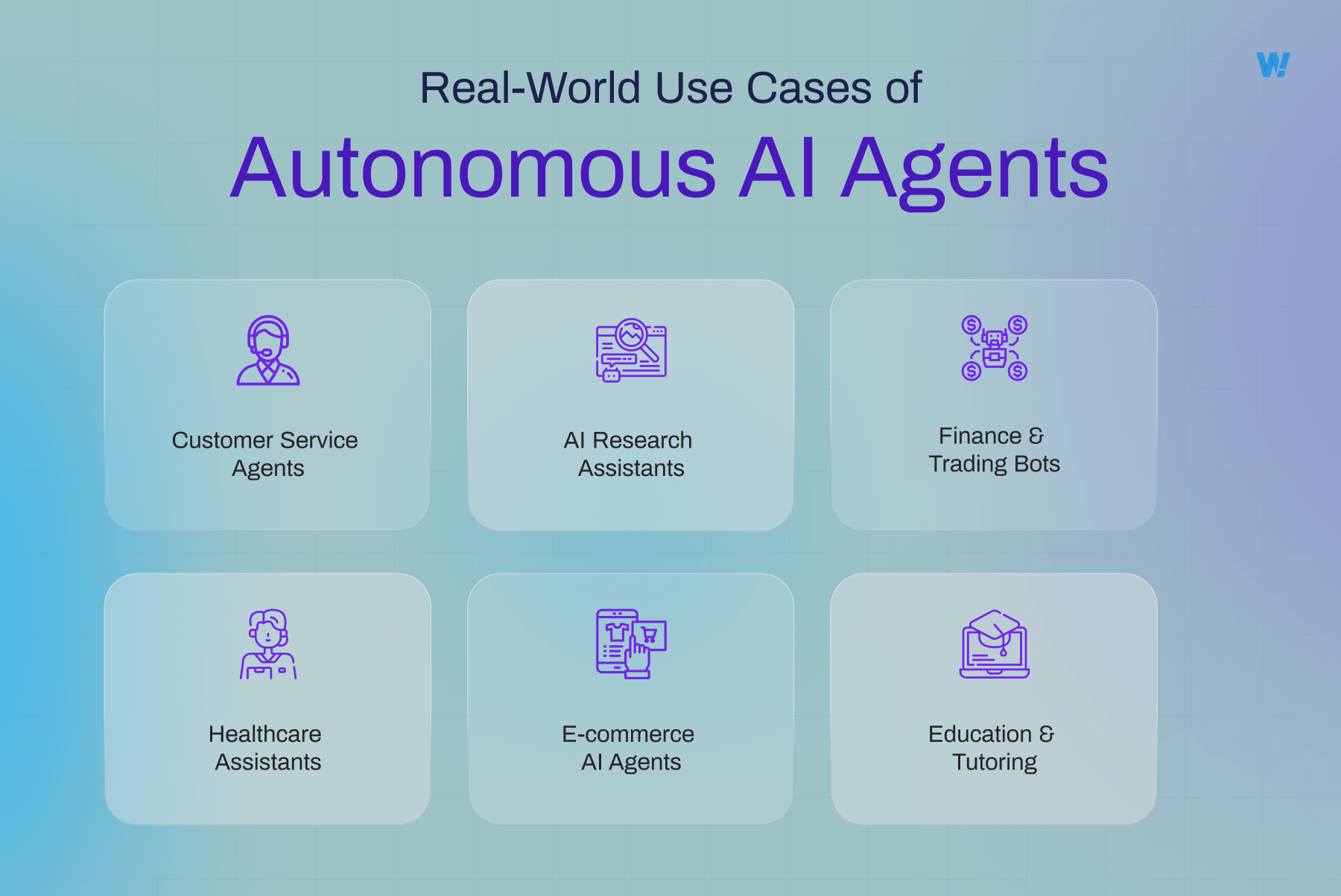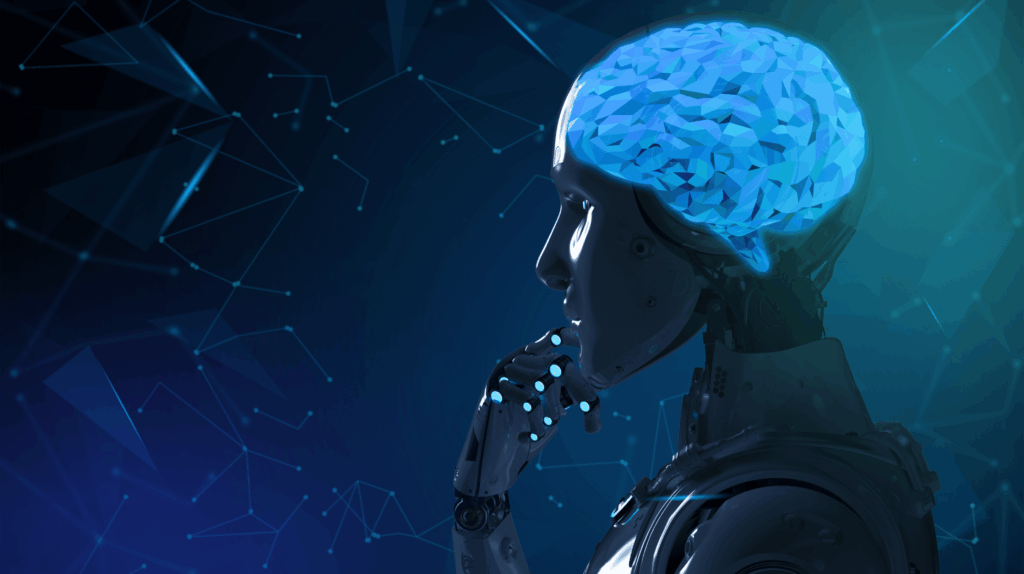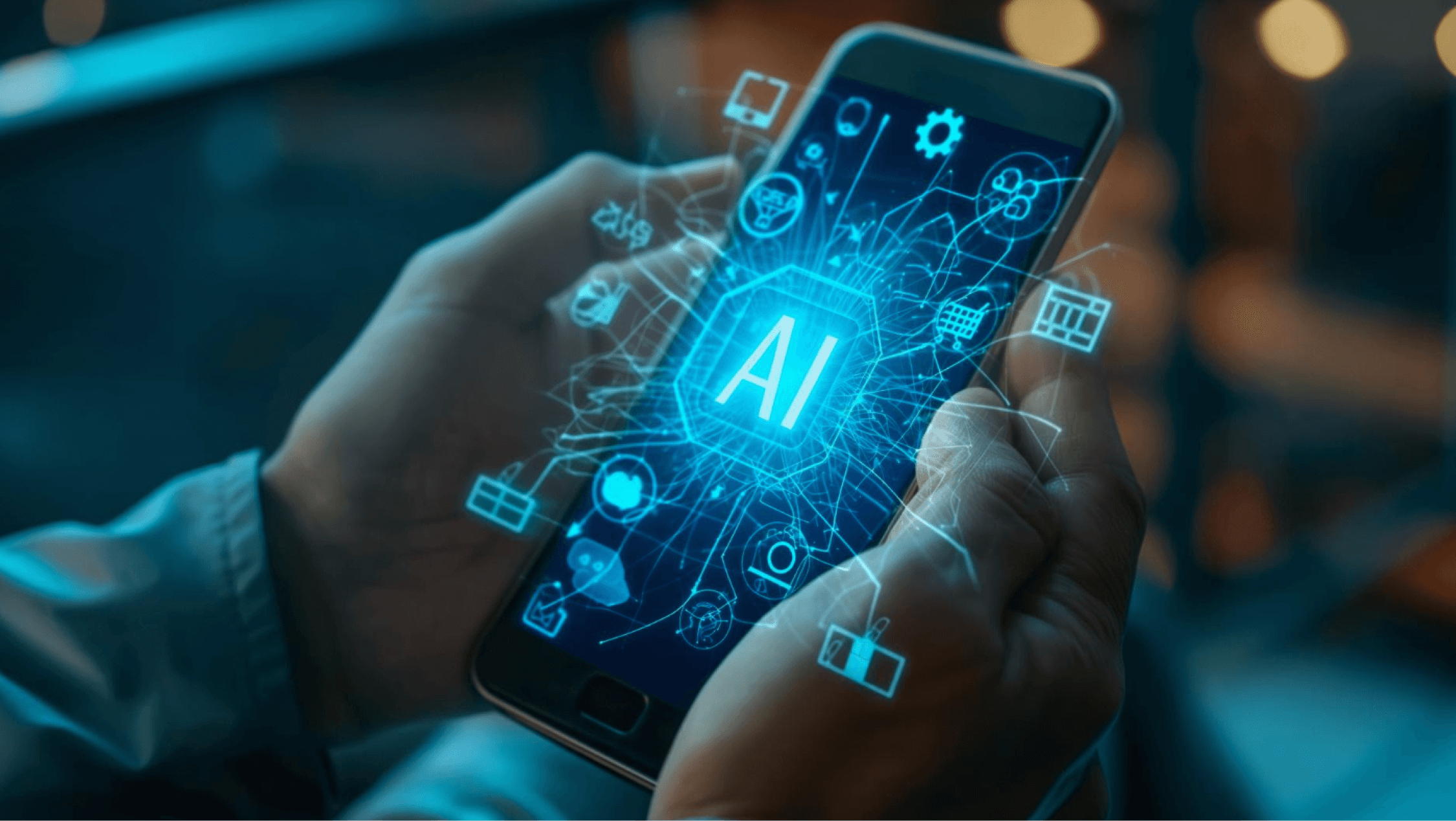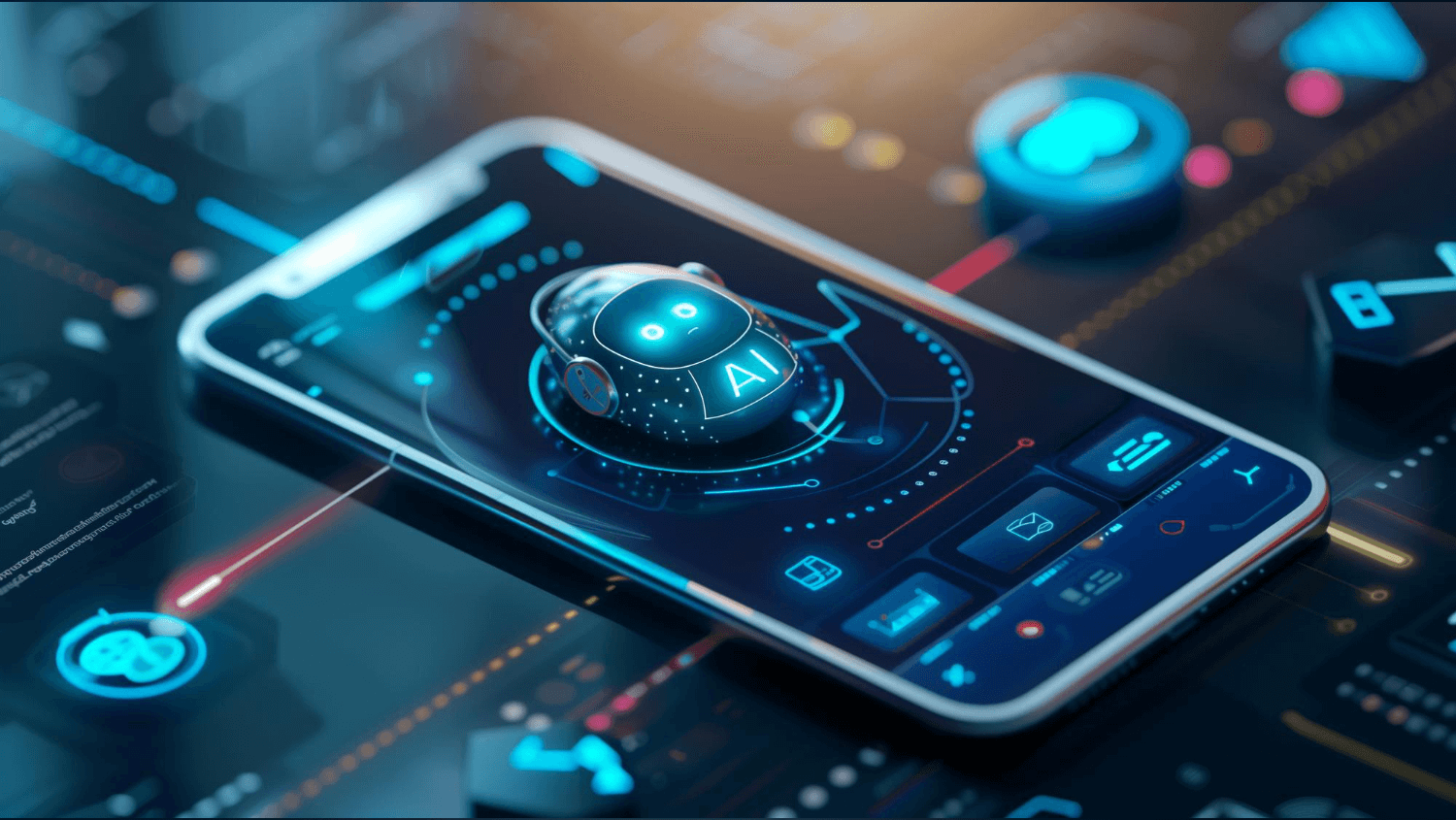We’ve moved beyond chatbots and recommendation engines. Today’s AI agents can set goals, make decisions, and take action—all on their own. From automating research to handling complex workflows, these agents are stepping into roles once thought to require human judgment.
So what exactly are autonomous AI agents? And why is everyone from startups to enterprises talking about them?
Autonomous AI agents are intelligent systems designed to operate without constant human input. They’re not just programmed to respond—they can observe, reason, plan, and act toward a specific goal.
As industries become more complex and data-heavy, there’s a rising need for AI that doesn’t wait for instructions. Businesses want agents that can take initiative, adapt to changes, and handle tasks from start to finish autonomously.
In this blog, we’ll break down everything you need to know about autonomous AI agents
Understanding the Core of Autonomous Agents
Autonomous agents represent a shift from rule-based systems to adaptive, goal-driven entities capable of making decisions, taking actions, and learning over time. They are designed not just to execute tasks but to achieve objectives often in uncertain or dynamic environments, by reasoning, planning, and adjusting their behaviour accordingly.
How They Differ from Traditional AI
Traditional AI models are often static. They perform specific tasks based on a set of inputs and follow rules determined by developers. For example, a customer support chatbot built on a conventional framework may answer questions from a fixed knowledge base, but it cannot proactively escalate issues or learn from unresolved conversations without being manually updated.
Autonomous agents, however, are built to be flexible and context-aware. Instead of waiting for commands, they actively monitor their environment, recognise when to act, and decide how best to do so. These agents are not just tools—they behave more like digital workers or collaborators, capable of making complex decisions that align with longer-term goals.
Key Characteristics
What sets autonomous agents apart is a combination of several core traits:
-
Autonomy: Agents operate independently, often with minimal human intervention. They determine their own actions based on goals rather than scripts.
-
Reactivity: They respond to changes in their environment, adjusting behaviour in real time to stay aligned with their objectives.
-
Proactivity: Beyond reacting, agents anticipate future needs or events and take steps to address them ahead of time.
-
Learning: Through interaction with users and systems, agents can learn from outcomes and refine their behaviour over time.
-
Goal-seeking: Agents are purpose-driven. Rather than performing isolated tasks, they are built to achieve specific outcomes, which may involve planning, coordination, and decision-making.
These traits allow autonomous agents to operate effectively in complex systems, such as digital customer support, robotic control, or automated research assistants.
Foundational Technologies
Underpinning this new wave of agentic AI is a blend of advanced technologies:
-
Large Language Models (LLMs): Systems like GPT-4, Claude, and others provide the cognitive backbone, enabling agents to understand and generate natural language, interpret instructions, and reason across domains.
-
Reinforcement Learning (RL): Agents use RL to optimise actions based on feedback from their environment. This helps them make better decisions over time, especially in situations where outcomes are uncertain.
-
Multi-agent Systems: Some of the most powerful implementations involve multiple agents working together, either collaboratively or competitively. These systems simulate coordination, negotiation, and role distribution, mirroring complex real-world dynamics.
How Autonomous AI Agents Work
Perception and Context Awareness
At the heart of any autonomous agent lies the ability to perceive and understand its environment. Unlike earlier AI models limited to a single type of input, today’s agents are multimodal—they process and interpret a combination of text, voice, images, and even sensor data to build a richer understanding of context.
For instance, an agent assisting in a warehouse setting might use camera feeds, inventory data, and verbal instructions to assess stock levels and decide on restocking actions. In a digital context, agents might interpret user queries, screen content, and system status to tailor their response. This broad input range allows the agent to remain aware, responsive, and grounded in its surroundings.
Decision-Making and Planning
Once information is perceived, the agent must determine what to do next. This is where planning and reasoning come into play. Unlike hard-coded workflows, autonomous agents rely on advanced reasoning frameworks that help them weigh options, anticipate consequences, and map out a sequence of actions.
Some commonly used frameworks include:
-
Chain of Thought (CoT): Enables step-by-step reasoning to solve complex problems or explain logic.
-
ReAct: A method that blends reasoning and acting, allowing the agent to think while taking intermediate actions.
-
Tree of Thoughts (ToT): A more structured approach where agents explore multiple potential solutions as branching paths, selecting the most promising direction based on intermediate results.
Tool Use and Action Execution
A critical strength of autonomous agents is their ability to not just decide but also act. They do so by interacting with external tools, APIs, web applications, or even robotic hardware to carry out tasks. For example, an AI agent could book meetings via a calendar API, pull data from a web dashboard, or initiate actions within a business application all without needing a human in the loop.
In more physical settings, such as robotics or IoT, agents might control machinery, adjust climate systems, or assist in delivery logistics. The key is that action is not confined to generating text but involves executing real-world or digital operations.
Memory and Feedback
True autonomy requires more than just reacting in the moment. Agents must remember what they’ve done, track user preferences, and refine future decisions. This is where memory systems come into play. Many autonomous agents are now equipped with vector databases and long-term memory components that help them retain useful information over time.
Memory allows agents to maintain contextual continuity, they can recall past conversations, learn from feedback, and adjust strategies. This is essential in environments where decisions build upon each other, such as long-term customer support, project management, or autonomous navigation.
Key Components of an Autonomous AI Agent
1. Input/Perception Layer
Everything begins with perception. The Input or Perception Layer is responsible for interpreting raw data such as text, speech, images, or sensor inputs. This layer transforms unstructured information into structured representations the system can understand.
For instance, in a virtual assistant, this layer might process a spoken request and convert it into a text prompt. In a surveillance agent, it might interpret visual feeds to detect anomalies. This layer ensures the agent stays grounded in real-world inputs.
2. Memory System
Autonomy demands memory. The Memory System allows the agent to store and retrieve context, facts, and past experiences. This could include user preferences, historical decisions, or even intermediate steps from ongoing tasks.
Using vector databases and memory networks, agents can recall relevant data on demand, enabling more coherent, context-aware responses across long interactions. It’s what lets an agent “remember” who you are and what you asked it to do yesterday.
3. Reasoning Engine
Once information is in place, the Reasoning Engine takes over. This is the core logic centre of the agent. It analyses goals, weighs constraints, and generates possible paths forward using inference methods and reasoning frameworks.
Whether it’s solving a puzzle, troubleshooting a system, or answering a layered question, the reasoning engine enables structured thought—mimicking human-like cognition in machines.
4. Planning Module
Reasoning leads to planning. The Planning Module breaks down high-level goals into smaller, manageable subtasks, deciding the order and priority in which they should be completed.
This module ensures that tasks are not only executed, but executed efficiently and in the right sequence. It’s what gives agents the ability to handle complex, multi-step operations—whether booking a trip, debugging code, or managing a workflow.
5. Tool Use Interface
No agent is an island. The Tool Use Interface allows the agent to interact with external systems—be it a browser, API, database, calendar, or robotic hardware.
This capability transforms the agent from a passive responder to an active problem-solver. It doesn’t just say what should be done—it goes out and does it, bridging the gap between intention and execution.
6. Feedback Loop
Finally, the Feedback Loop is what makes the agent adaptive. It monitors actions, interprets outcomes, and updates internal models to improve future performance.
Learning from both success and failure, the agent refines its strategies over time. This loop enables continuous improvement, long-term personalisation, and the ability to operate in ever-changing environments.
Real-World Use Cases of Autonomous AI Agents

Autonomous AI agents are no longer confined to research labs or speculative papers, they’re already powering solutions across industries.
By combining perception, reasoning, planning, and action, these agents can perform complex tasks with minimal human input. Below are some of the most impactful real-world applications.
Customer Service Agents
Autonomous agents are transforming customer support. These AI systems can handle queries, personalise responses, and update CRM records all in real time.
Unlike traditional chatbots, they can remember past conversations, understand context, and resolve issues without escalation, improving both customer satisfaction and support efficiency.
AI Research Assistants
In research-heavy roles, these agents act as virtual analysts. They can search the web, summarise findings, and even suggest novel insights based on the latest data.
Whether for competitive intelligence, legal research, or scientific discovery, they save hours of manual effort while maintaining accuracy.
Finance & Trading Bots
In finance, speed and precision are critical. AI trading agents can monitor market movements, analyse trends, and execute trades—all autonomously.
They adapt to changing conditions, manage risk parameters, and often outperform static rule-based systems in volatile environments.
Healthcare Assistants
In medical settings, AI agents assist with scheduling appointments, triaging patients, and checking symptoms.
By analysing patient inputs and history, they help clinicians prioritise cases, offer initial guidance to patients, and reduce administrative load freeing up time for human care.
E-commerce AI Agents
Retail platforms use autonomous agents for managing inventory, optimising prices, and delivering personalised shopping experiences.
These systems adapt to customer behaviour, adjust pricing in real time, and ensure stock levels match demand enhancing profitability and user satisfaction.
Education & Tutoring
In learning environments, AI agents serve as adaptive tutors. They guide students through personalised learning paths, answer questions, and adjust teaching strategies based on performance.
These agents offer real-time feedback and support, making learning more engaging and tailored to individual needs.
Benefits of Autonomous AI Agents

Scalability and Cost-Efficiency
One of the most immediate advantages is the ability to scale operations without proportional increases in cost. A single AI agent can handle thousands of interactions or processes simultaneously, reducing the need for large human teams.
This allows organisations to grow their services or user base without facing the usual resource bottlenecks. Over time, this leads to a significant reduction in operational expenses while maintaining output quality.
Real-Time Adaptability
Autonomous agents are not locked into rigid workflows. They continuously analyse their environment and adjust their actions based on new information. For example, a customer support agent can change its tone and response strategy depending on the user’s mood or query complexity.
This ability to make decisions in the moment leads to better service outcomes and smoother operations in dynamic settings like logistics, healthcare, or e-commerce.
24/7 Operation
Unlike human employees, AI agents do not require breaks, shifts, or sleep. They can operate around the clock, delivering consistent service regardless of time zones or working hours.
This is particularly useful for global businesses that need to serve customers in multiple regions or handle tasks that require uninterrupted attention, such as system monitoring, trading, or content moderation.
Improved Accuracy and Consistency
Human errors are inevitable, especially when handling repetitive, data-heavy, or time-sensitive tasks. Autonomous agents follow logical processes and operate with a high level of precision.
They do not get distracted, fatigued, or forgetful. As a result, they help reduce mistakes in areas like data entry, financial reporting, or medical diagnostics where accuracy is crucial.
Personalisation at Scale
Personalising user experiences is often difficult when dealing with large audiences. AI agents, however, can analyse individual preferences, behaviours, and histories to deliver tailored responses or recommendations at scale.
Whether it’s an e-commerce chatbot offering product suggestions or an educational tutor adjusting content to match a learner’s pace, personalisation becomes both achievable and efficient.
Faster Task Completion
Autonomous agents are built for speed. They can process vast amounts of information in seconds and complete multi-step tasks far quicker than humans.
This means lead qualification, market analysis, report generation, and even legal document review can be completed in minutes rather than hours or days, giving organisations a competitive edge and freeing up human teams for more strategic work.
Want to Build with Autonomous AI Agents?
Thinking about building systems that don’t just respond but act with autonomy, memory, and real-time decision-making? Autonomous AI agents are your path to creating intelligent workflows that run themselves no human in the loop required.
Whether you’re building smart research copilots, AI-powered customer support agents, or autonomous analytics tools, agents bring the power of reasoning, adaptability, and initiative to your workflows.
These aren’t just reactive tools. They’re proactive systems—thinking, learning, and evolving with your users and data.
With the right foundation, you don’t have to start from scratch or rely on cookie-cutter solutions. You can build agentic systems that are fully aligned with your goals, use cases, and tech stack.
How Wow Labz Can Help You
At Agentic AI Labz by Wow Labz, we design and build intelligent systems powered by autonomous agents that plan, reason, and act—independently.
If you’re developing next-gen AI products, we help you move beyond simple chatbots and scripts. We build agents with memory, long-term context, and real-world integration that adapt, automate, and deliver real outcomes.
Here’s how we bring your ideas to life:
-
Custom-Built Agent Architectures: Designed around your data, users, and workflows
-
Expertise with Leading Frameworks: LangGraph, AutoGen, CrewAI, MetaGPT, and more
-
Advanced Planning and Memory Modules: For agents that learn and evolve
-
Full Lifecycle Development: From system design and research to deployment and scale
-
Real-World Integrations: CRM, analytics, databases, APIs, or internal tools
-
Cross-Industry Experience: From finance and SaaS to healthcare, edtech, and operations
Autonomous AI is the future of smart systems. If you’re ready to build AI that does more than just talk, we’re here to help.
Let’s turn your vision into an intelligent, working product together.






